FEMA is buying homes in this Alaskan town because of climate change
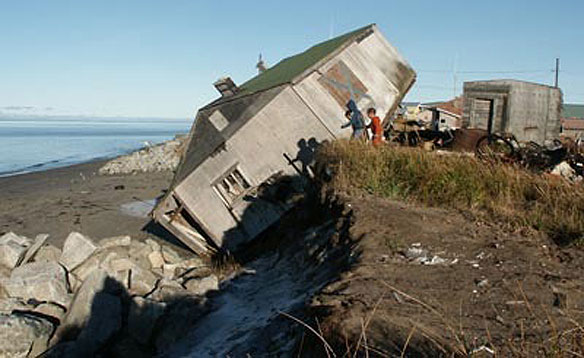
The village of Newtok, Alaska, is trying to escape catastrophic coastal erosion. Its residents have even been called America’s first climate refugees. But because traditional FEMA disaster funding doesn’t cover climate-related threats, they’ve struggled for years to find funding to relocate to a new location 9 miles away, called Mertarvik.
On the Louisiana Coast, A Native Community Sinks Slowly into the Sea
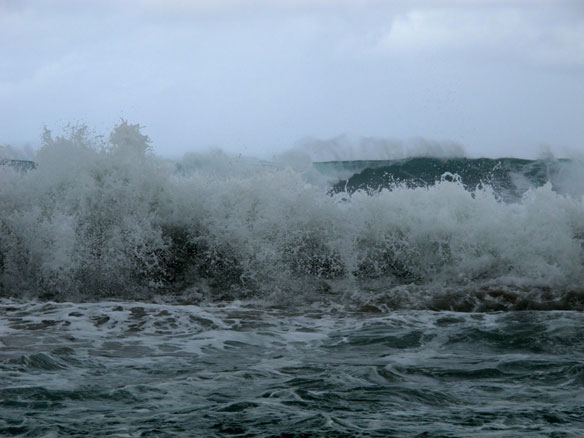
The Biloxi-Chitimacha-Choctaw Indians of southern Louisiana have been called America’s first climate refugees. But two years after receiving federal funding to move to higher ground, the tribe is stuck in limbo, waiting for new homes as the water inches closer to their doors.
Easter Island is critically vulnerable to rising ocean levels
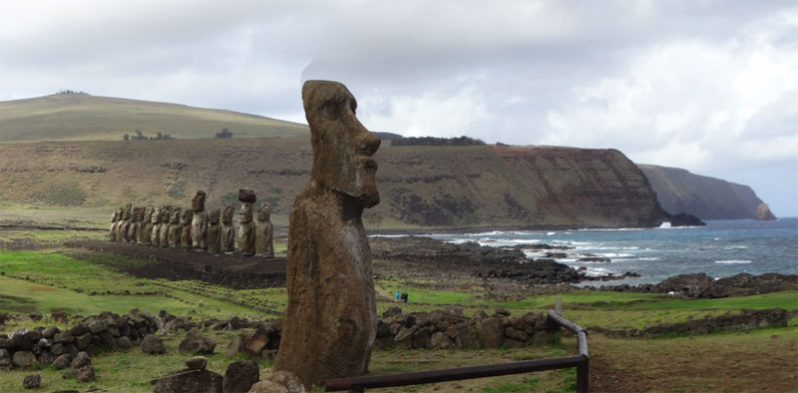
Nicholas Casey, a New York Times correspondent based in Colombia, and Josh Haner, a Times photographer, traveled 2,200 miles off the coast of Chile to see how the rising ocean is erasing the island’s monuments.
Half a degree more global warming could flood out 5 million more people
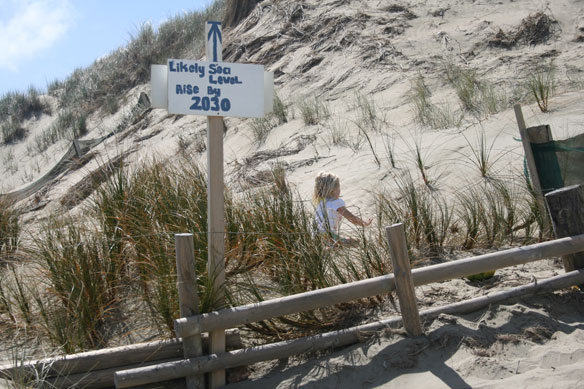
A new study finds that by 2150, the seemingly small difference between a global temperature increase of 1.5 and 2.0 degrees Celsius would mean the permanent inundation of lands currently home to about 5 million people, including 60,000 who live on small island nations.
Sinking land will exacerbate flooding from sea level rise in Bay Area

Hazard maps use estimated sea level rise due to climate change to determine flooding risk for today’s shoreline, but don’t take into account that some land is sinking. A precise study of subsidence around San Francisco Bay shows that for conservative estimates of sea level rise, twice the area is in danger of flooding by 2100 than previously thought. Some landfill is sinking 10 mm per year, threatening the airport and parts of Silicon Valley.
Today’s storm surge is tomorrow’s high tide, new report predicts
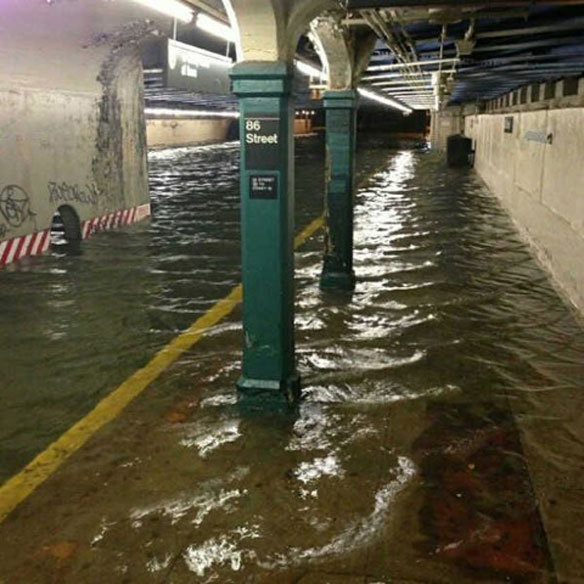
For the second time in just five days, the Northeast is facing a major coastal storm, or nor’easter, which is pushing ocean water over storm walls and into the streets of many coastal cities. The flooding comes as a major report released this week by NOAA highlights a growing threat facing coastal communities in all parts of the United States.
Powerful winter storms show damage high tides with sea level rise can do
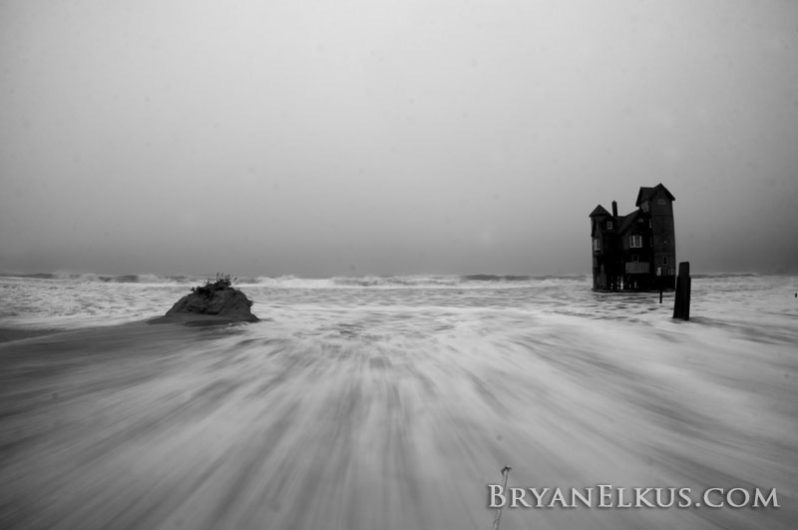
With two powerful storms generating record high tides that inundated parts of the Atlantic Coast just weeks apart—and a third nor’easter on its way—environmental advocates are urging greater efforts to address climate change and adapt cities to sea level rise.
Patterns and projections of high tide flooding along the US coastline using common impact threshold
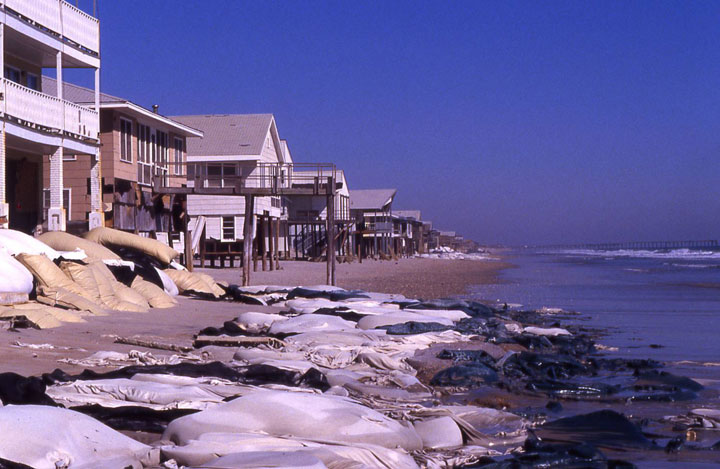
For forecasting purposes to ensure public safety, NOAA has established three coastal flood severity thresholds. The thresholds are based upon water level heights empirically calibrated to NOAA tide gauge measurements from years of impact monitoring by its Weather Forecast Offices (WFO) and emergency managers.
The next five years will shape sea level rise for the next 300, study says
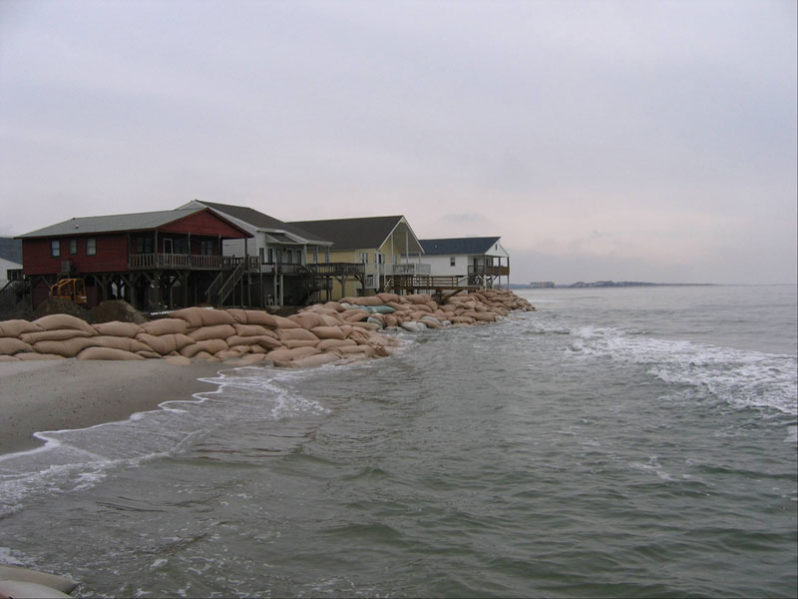
Peaking global carbon dioxide emissions as soon as possible is crucial for limiting the risks of sea-level rise, even if global warming is limited to well below 2 degrees C. A new study analyzes for the first time the sea-level legacy until 2300 within the constraints of the Paris Agreement.
